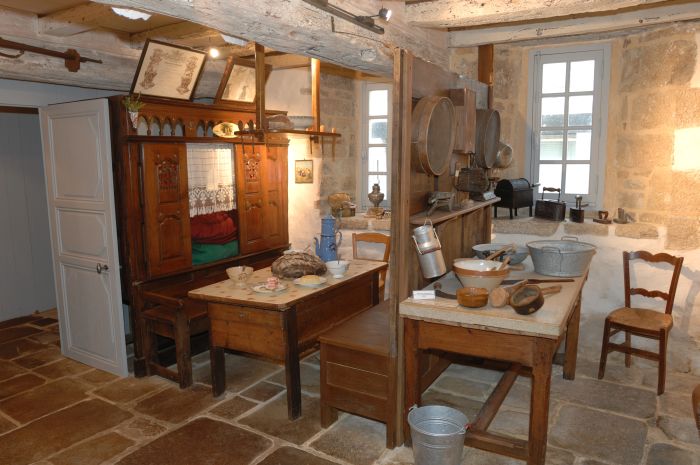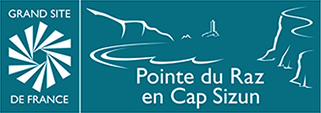Blottie sur une colline au fond d'un estuaire et surplombée d'une flèche majestueuse ayant servi de modèle à la cathédrale de Quimper, voici Pont-Croix, Petite Cité de Caractère au même titre que le tout proche village de Locronan.
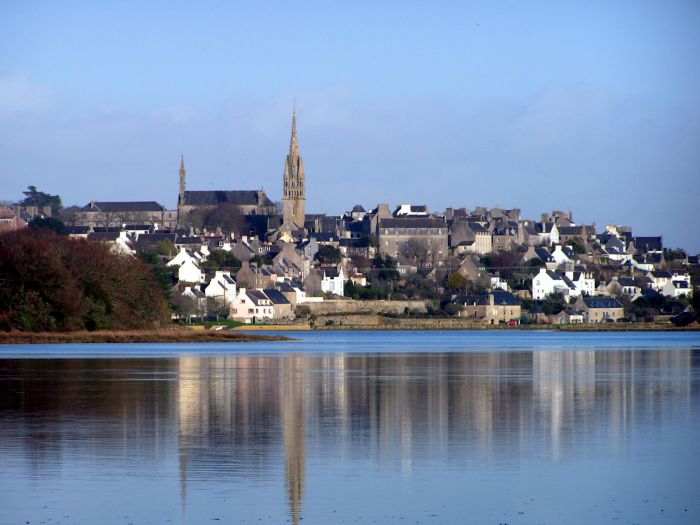
A trip back in time
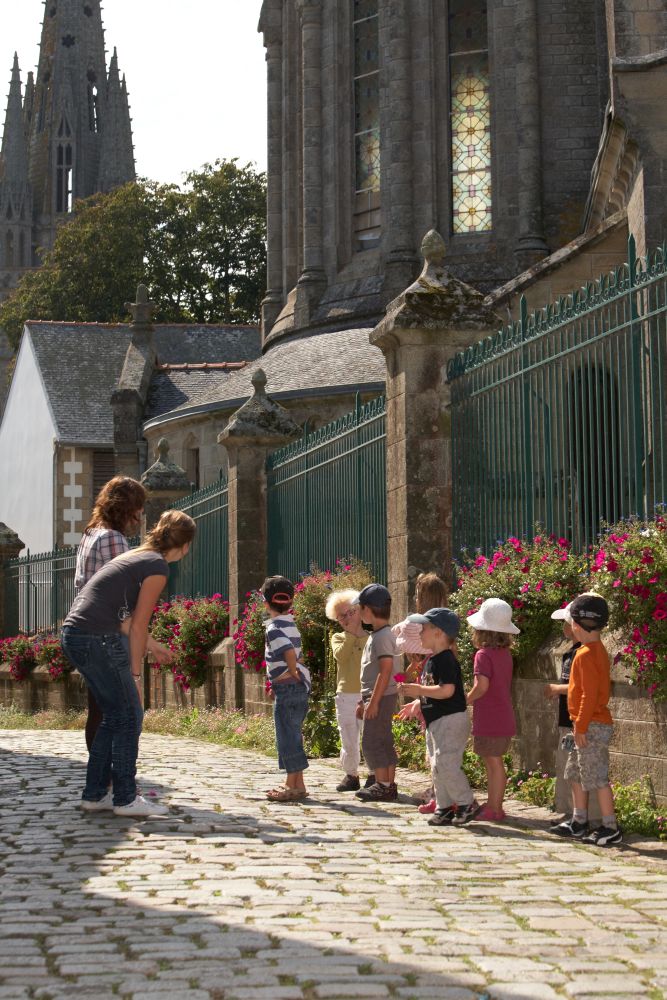
At the heart of the Goyen valley, the medieval village of Pont-Croix is a stopover that can’t be missed. Its cobbled streets lined with lovely old houses zig-zag around the Collegiate church. Don’t miss the Petite Rue Chère and Grande Rue Chère, two imposing flights of stone steps with terraced gardens leading down the hill to the old port at the head of the Goyen estuary. Here at high tide the river becomes a little sea, a haven of peace, a paradise for birds, offering a lovely walk along the coastal footpath.
Every year Pont-Croix celebrates its medieval past with a grand festival. For two days the village is immersed in the customs, colours, smells and sounds of the Middle Ages with a full programme of events centred around daily life and military activities such as building a house and fighting battles.
The collegiate church
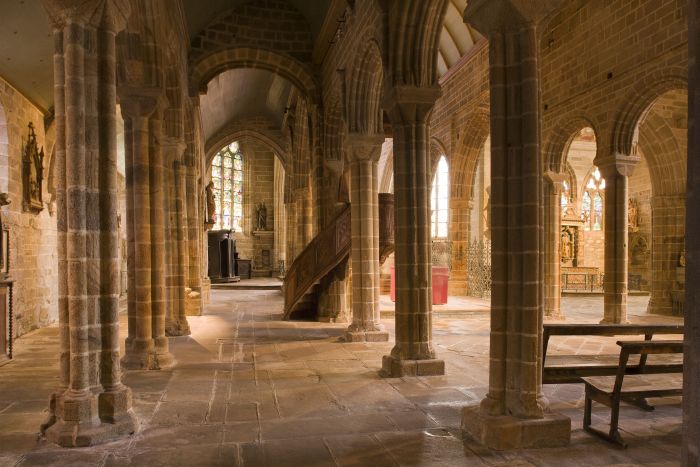
The church of Notre-Dame de Roscudon is an real gem among the religious heritage buildings of Brittany with its amazing proportions and brilliant architecture. Its nave, which provided the inspiration for numerous churches and chapels throughout Cornouaille, is a skillful blend of ancient Romanesque forms and the newer Gothic style which became established from the 13th century onwards.
Details of a tour of Churches and Chapels belonging to the Pont-Croix School of Architecture are available from the Office de Tourisme.
Le Marquisat Museum
This imposing house, which was once the home of the Rosmadec family, an old-established line of Breton seigneurs, is now an ecomuseum portraying the daily life of the people of Cap-Sizun at the beginning of the last century. The local bar/shop, the living room, the grandparents’ bedroom and the schoolroom all look as though the inhabitants have just left ! The museum also has a space dedicated to costumes and headdresses of the region. Temporary exhibitions are held in the building next door, which was originally the Seigneur’s courtroom. .
